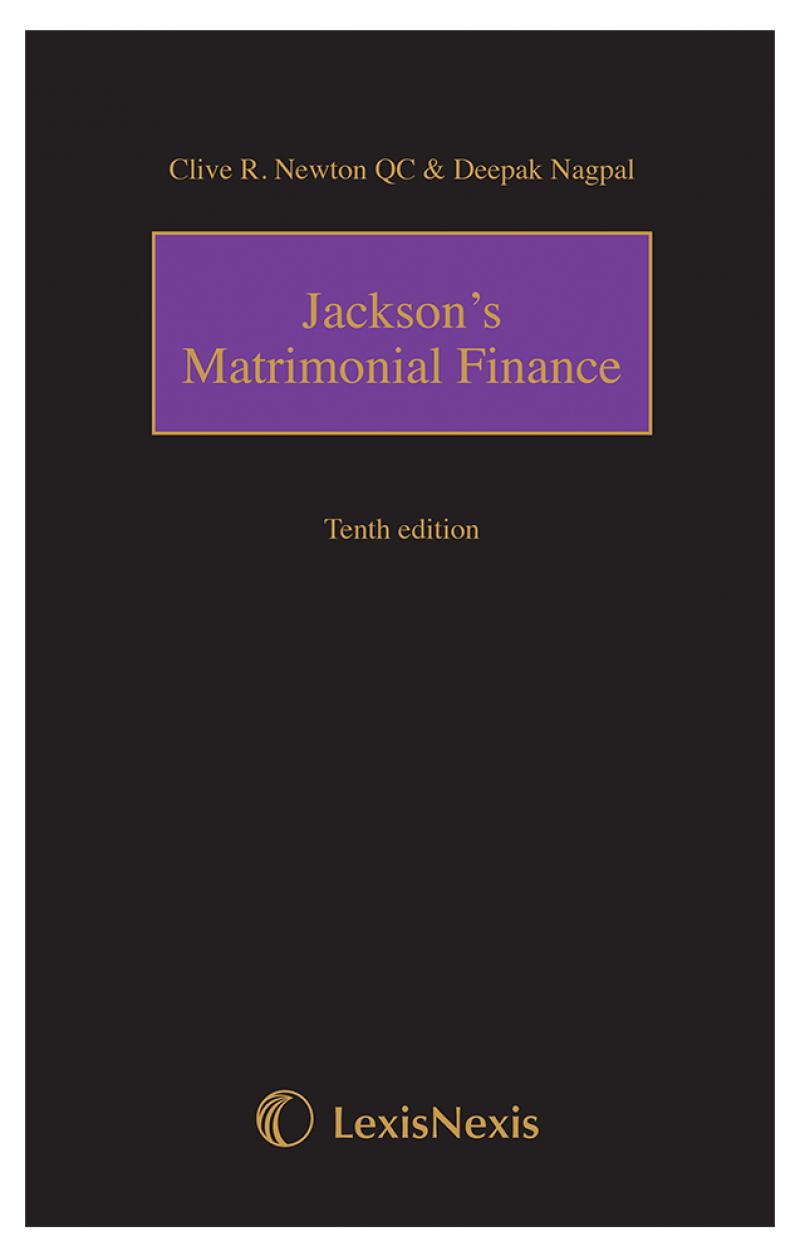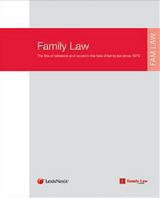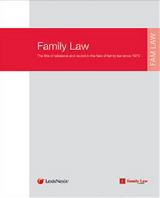- News & Comment
-
Online Shop
Online Services
Looseleafs
Law Reports
Books and eBooks
-
CPD & Events
Webinars
Events
- Authors
- About Family Law
- Contact












 10 APR 2025
10 APR 2025

 7 APR 2025
7 APR 2025

 9 APR 2025
9 APR 2025

 9 APR 2025
9 APR 2025

 9 APR 2025
9 APR 2025



 The penetrating judgement of Mostyn J in BP v KP, NI and OI [2012] EWHC 2995 (Fam) indirectly shows up one of the real muddles of family law, namely its attempts to adopt one set of legal principles - especially in terms of procedure - across the family law board. In BP v KP issue estoppel arose. A preliminary issue hearing was conducted by the judge in relation to whether the wife (W) could run an ‘add-back' argument based on the contested fact of the date of an agreement. That agreement formed the basis of settlement of separate proceedings between the husband (H) and a friend (NI) from which a substantial loss accrued. The date - before, or at about the time of, separation - might help to determine to what extent the court should regard that loss as ‘wanton' and attribute it to H. Was she estopped by her involvement in the settlement from challenging the date and running an add back argument?
The penetrating judgement of Mostyn J in BP v KP, NI and OI [2012] EWHC 2995 (Fam) indirectly shows up one of the real muddles of family law, namely its attempts to adopt one set of legal principles - especially in terms of procedure - across the family law board. In BP v KP issue estoppel arose. A preliminary issue hearing was conducted by the judge in relation to whether the wife (W) could run an ‘add-back' argument based on the contested fact of the date of an agreement. That agreement formed the basis of settlement of separate proceedings between the husband (H) and a friend (NI) from which a substantial loss accrued. The date - before, or at about the time of, separation - might help to determine to what extent the court should regard that loss as ‘wanton' and attribute it to H. Was she estopped by her involvement in the settlement from challenging the date and running an add back argument?
In his analysis of recent law on res judicata (bolstered by a post-script ‘before the judgement was ‘put on BAILII') Mostyn J considers the issue estoppel argument of H, and rejects it. Mostyn J makes no concession to any argument that family proceedings are essentially inquisitorial, nor suggests that they are ‘non-adversarial'. He conducts a straight adversarial dialectic with, no doubt, full argument from leading counsel.
In Edgerton v Edgerton and Shaikh [2012] EWCA Civ 181, [2012] 2 FLR 273 paras [34]-36] Lord Neuberger MR was required to address the issue of issue estoppel in family proceedings. He did so unhesitatingly as follows:
Judge Wallwork thought that, as the court in the ancillary relief proceedings had an inquisitorial, or quasi-inquisitorial (as Thorpe LJ put it in Parra v Parra [2002] EWCA Civ 1886 at [22]), role, the normal rules as to issue estoppel did not apply. I do not agree. ...as Sir Mark Potter P said in Charman v Charman (No 4) [2007] 1 FLR 1426 at [67], 'the starting point of every inquiry in an application for ancillary relief is the financial position of the parties', and that 'inquiry is always in two stages, namely computation and distribution'. At the computation stage, the court is determining what the assets of the parties are, and its determination, when embodied in an order must, in my view, create estoppel between the parties.
In Re B (A Child) [2012] EWCA Civ 1742 Black LJ considers interim findings in a case where a judge had pressed on with a hearing where the issues to be resolved, it was held, needed more time than listing had allowed. Of what amounts to a form of issue estoppel she questions the concept of ‘an interim finding of fact':
[41] ... Although concepts such as issue estoppel are perhaps more loosely applied in family cases, the existence of findings of fact made by a judge who has heard evidence presents the litigant who seeks to reopen those findings with a considerable challenge. The existing findings represent the status quo, legally and in the mind of the judge. There is good reason why this should be so, as policy (and common sense) dictate that there must be an end to litigation. Inevitably, therefore, it will take powerful evidence to persuade the judge to permit a party to reopen the findings.
In Re B (Children Act Proceedings: Issue Estoppel) [1997] 1 FLR 285, Hale J proposed a formula for estoppel in children proceedings. That was only for children litigation. Is it perhaps time to accept - for these aspects of family law, as for all others - that two forms of process are involved: special proceedings for children cases, and ordinary civil law rules for the rest? That is CPR for both: ‘Children PR' and CPR 1998.
David Burrows is author of Practice of Family Law: Evidence and Procedure (Jordans, 2012). Issue estoppel is dealt with in Chapter 2.
The views expressed by contributing authors are not necessarily those of Family Law or Jordan Publishing and should not be considered as legal advice.



